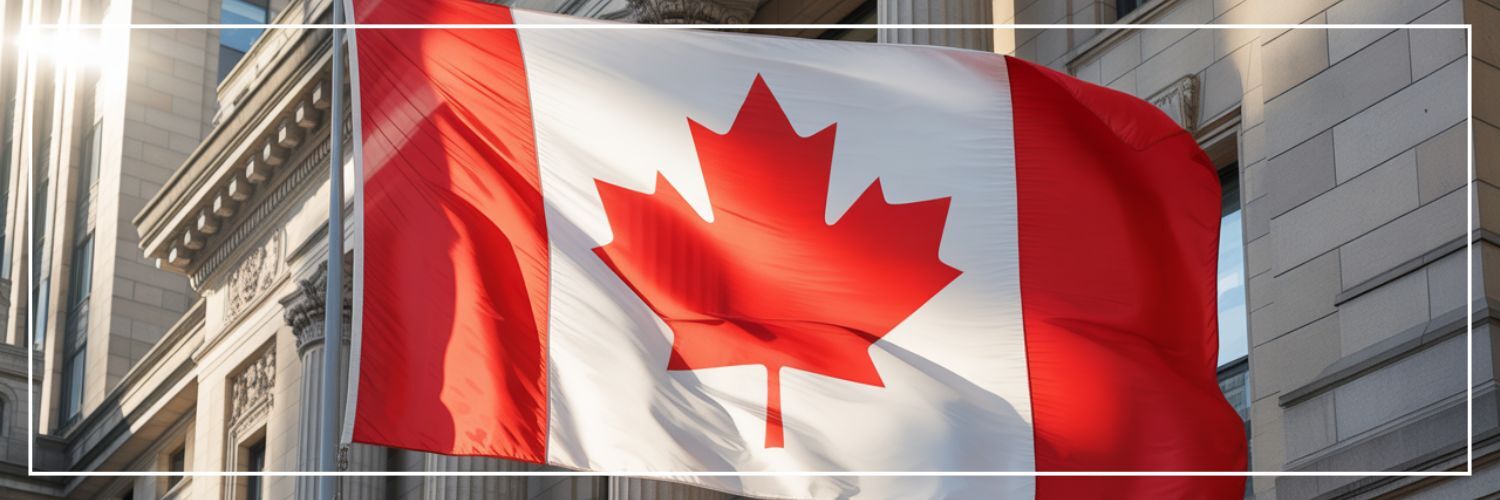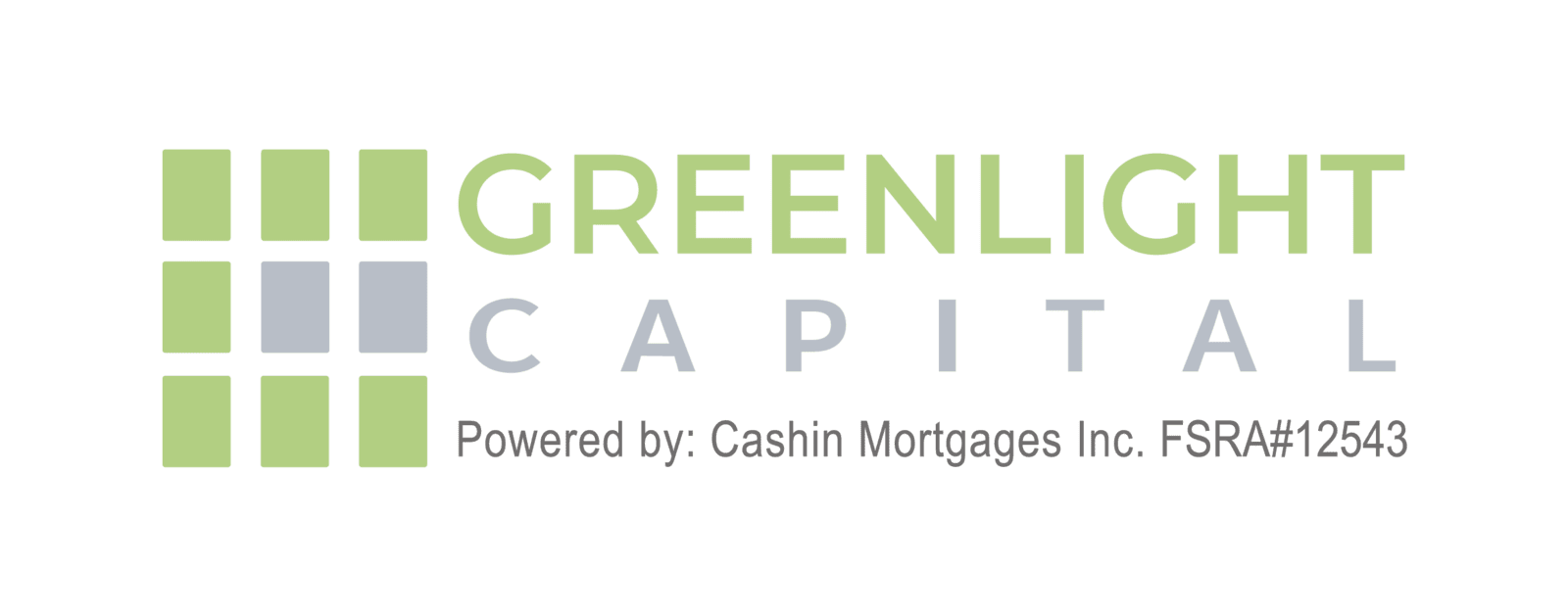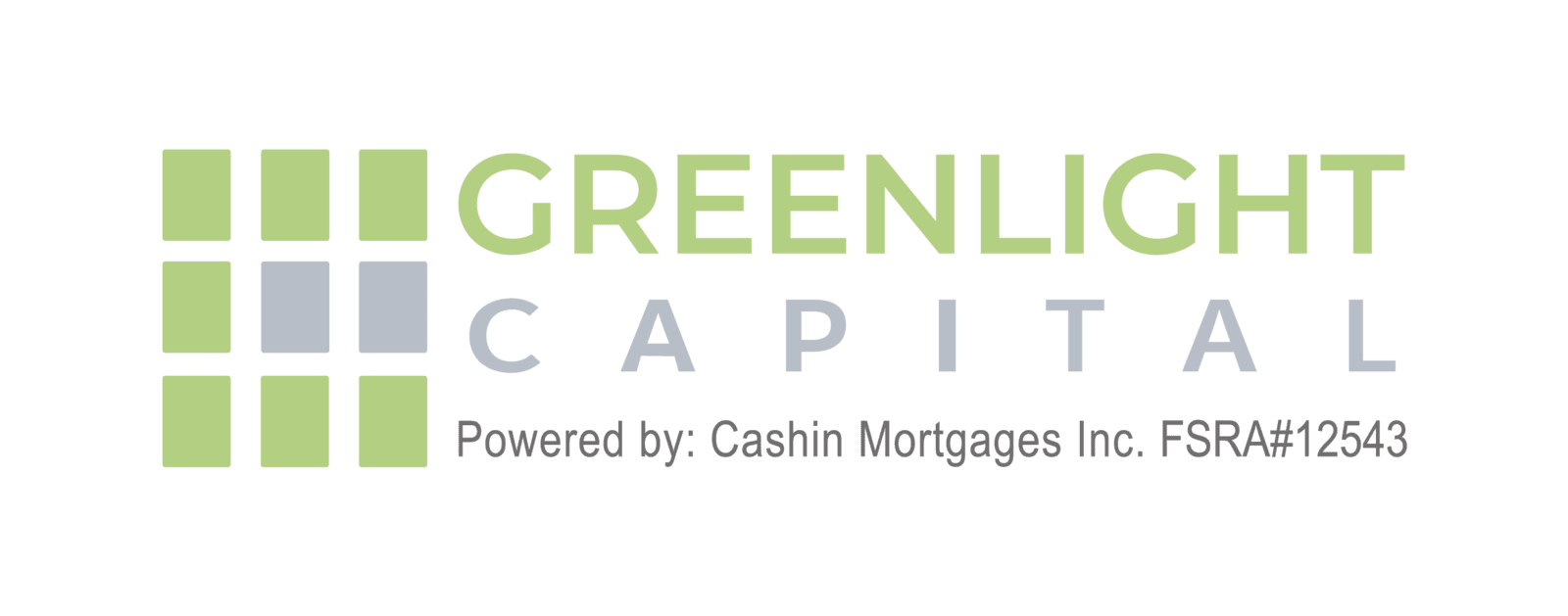
Is Now the Time to Lock In or Stay Flexible?
The Bank of Canada (BoC) has recently held its key interest rate steady at 2.75% after a series of cuts totaling 225 basis points from mid-2024 to early 2025. This pause reflects economic uncertainty, persistent inflation pressures, and ongoing global trade tensions. The central bank has signaled a cautious stance, with market expectations pointing toward the likelihood of rate cuts possibly starting in September 2025, potentially lowering rates to between 2.00% and 2.50% by year-end if inflation moderates and economic growth weakens.
This evolving interest rate environment presents a critical question for Canadian homeowners and buyers: should you choose a fixed or variable mortgage rate now? Understanding the implications of the Bank of Canada's signals and how they influence mortgage products is essential for making an informed decision.
Understanding Fixed vs. Variable Mortgage Rates
Fixed-Rate Mortgages have interest rates that remain unchanged throughout the mortgage term, commonly five years. Borrowers benefit from predictable monthly payments, protecting them from interest rate fluctuations. This option suits those with low risk tolerance, who prefer stable budgeting without the need to monitor rate changes constantly.
Variable-Rate Mortgages fluctuate with the prime rate set by lenders, which closely follows the Bank of Canada's key interest rate. Initially, variable rates are usually lower than fixed rates, offering savings if rates remain stable or decrease. However, variable-rate borrowers face payment uncertainty since their rates and thus their payments, can rise if the BoC increases rates or cuts are delayed.
Current Market Snapshot
As of August 2025, the best available mortgage rates in Canada are approximately 4.04% for a 5-year fixed mortgage and about 3.95% for a 5-year variable mortgage. The prime lending rate currently stands at 4.95%, in line with the BoC’s policy rate. After several months of steady rates, bond yields influencing fixed rates remain elevated, making fixed mortgages somewhat costlier upfront than variable rates.
However, with the BoC expected to adopt an easing bias, many economists forecast rate cuts later this year, which would likely benefit variable-rate borrowers by lowering their payments. Fixed-rate borrowers would not see immediate benefits from rate cuts, although they have the security of locked-in payments.
Risks and Considerations for Borrowers
Renewal Payment Changes: Roughly 60% of Canadian mortgage holders renewing their mortgages in 2025 or 2026 may face payment increases compared to previous years. This is particularly pronounced for holders of five-year fixed-rate mortgages, who may see payment hikes of 15% to 20% at renewal due to higher fixed rates set during prior periods of elevated interest rates.
Variable Rate Payment Trends: Payments on variable-rate mortgages with variable payment plans are expected to decline by 5% to 7%, assuming market expectations of BoC rate cuts materialize. Nonetheless, variable-rate borrowers must be prepared for volatility and the possibility of higher payments if the economy surprises on the upside inflation-wise.How Greenlight Capital Canada Supports Borrowers
In this uncertain environment, mortgage providers Greenlight Capital Canada stand out by offering flexible mortgage solutions tailored to borrowers who may not qualify for traditional institutional mortgages. Greenlight Capital offers various residential mortgage options with competitive terms, including first, second, and even third mortgages with Loan-to-Value (LTV) ratios up to 80-85% in urban Ontario areas, often on a case-by-case basis. They also accommodate unique borrower circumstances such as self-employment, discharged bankruptcy, tax arrears, and new immigrants—situations where fixed or variable rate mortgage decisions can be even more critical.
Greenlight Capital’s flexibility allows borrowers to choose mortgage structures that best fit their risk tolerance and financial situation, helping navigate the fixed-versus-variable decision with professional guidance geared toward individual needs.
Should You Go Fixed or Variable Now?
The choice depends on your personal financial situation and risk appetite:
Go Fixed If:
You prefer predictable, stable monthly payments.
You currently hold or anticipate a mortgage renewal soon and want protection from potential rate hikes.
You have a lower tolerance for financial uncertainty.
You value budgeting certainty despite slightly higher interest rates.
Go Variable If:
You can tolerate some payment variability and closely monitor economic indicators.
You anticipate that the Bank of Canada will cut rates as projected, potentially lowering your payments.
You want to take advantage of the current slightly lower variable rates.
You are financially prepared to handle possible rate increases should inflation remain stubborn.
Final Thoughts
The Bank of Canada's recent signals indicate a cautious stance with possible rate cuts on the horizon amid persistent inflation and economic uncertainty. Fixed mortgage rates remain higher than variable rates but offer payment stability, while variable rates are lower but come with payment risks if rates move contrary to expectations.
Borrowers should carefully assess their financial situation, renewal timing, and comfort with risk when deciding mortgage types. Working with knowledgeable lenders Greenlight Capital Canada can offer tailored options and guidance suited to individual circumstances beyond what mainstream institutions may provide.
In an interest rate environment, understanding the Bank of Canada's signals and aligning your mortgage choice with your financial goals is more important than ever. Whether you choose fixed or variable, making an informed decision today can provide peace of mind tomorrow.
For personalized mortgage solutions with flexible terms and expert support, consider consulting Greenlight Capital Canada as you navigate this pivotal decision.



